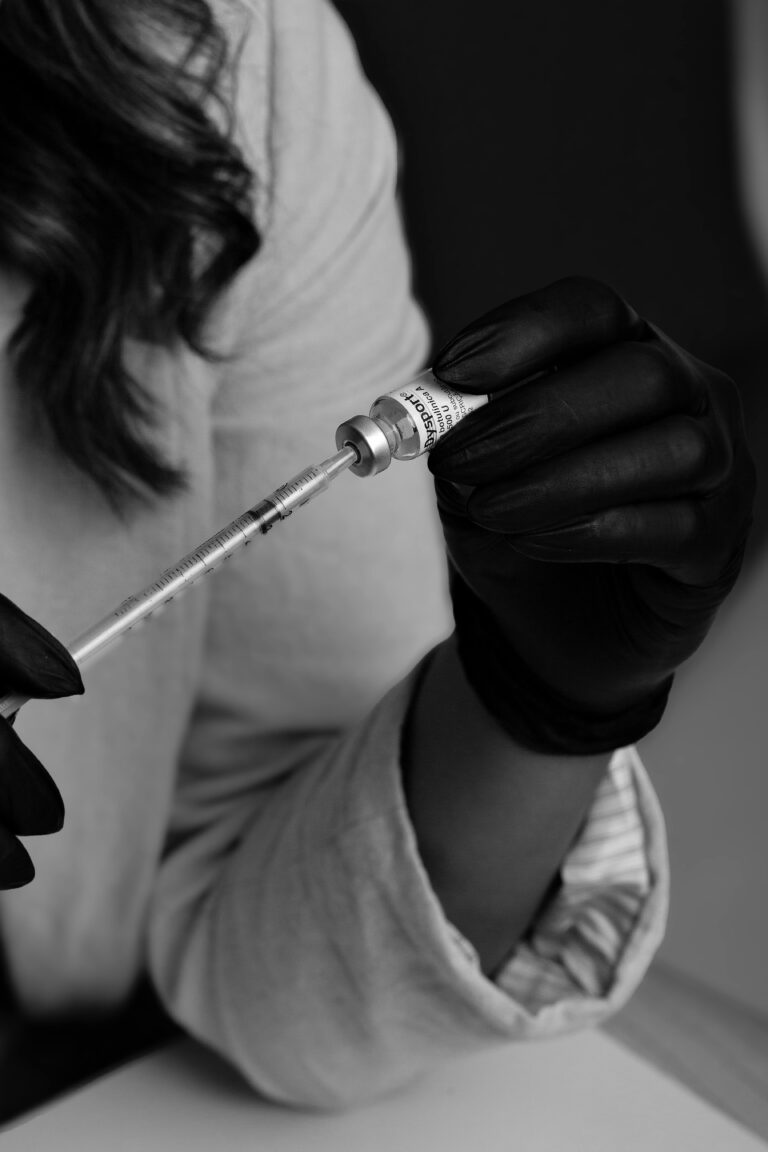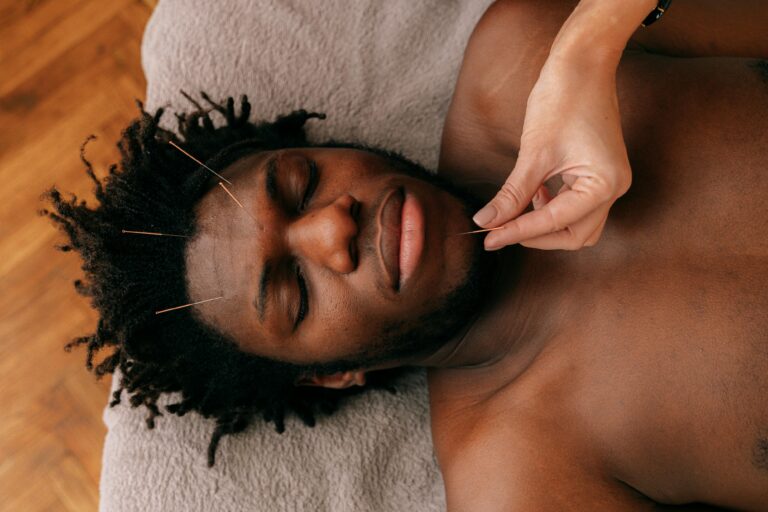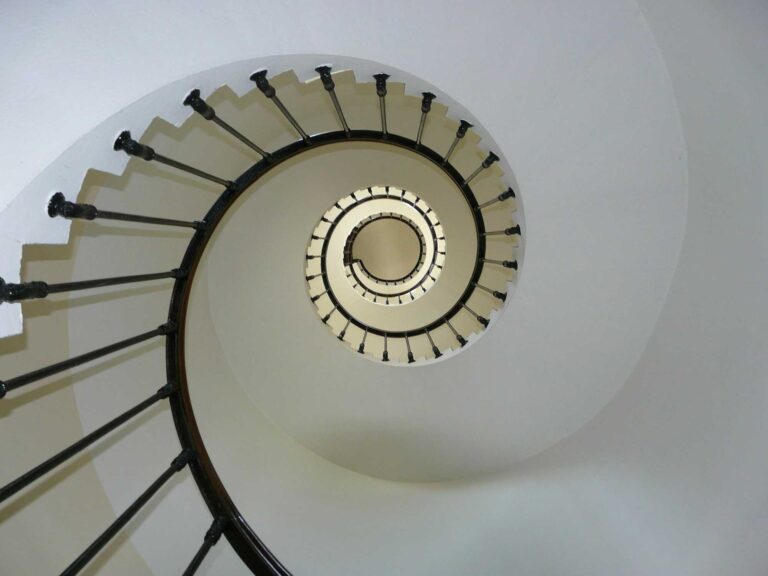HPV causes more than 99% of all cervical cancers in the world. This virus is an STD but men aren’t symptomatic nor tested for this virus. A PAP is performed at an annual gynecological visit to screen for microscopic cellular changes that lead to cervical dysplasia and sometimes – rarely – cervical cancer. In the medical community at large, a LEEP is considered the standard treatment of care for CIN II or III (high grade cervical dysplasia, HGSIL). LEEPs have a 16% chance of recurrent CIN II or higher within 5 years of getting a LEEP. Yet left untreated the rate of progression to cancer is only 14%. LEEPs work by cutting off the cells that have changed shape and could possibly turn to cancer. Fortunately, there are alternative ways to treat cervical dysplasia before a LEEP that are usually but not always effective in eliminating the virus and returning the cells back to normal.
A standard naturopathic approach for a healthy female with cervical dysplasia is 3 pronged:
- Dietary changes and antivirals to help clear the virus
- Supplements designed to help your immune system fight the virus and heal
- Suppositories to treat right at the source
Most often after 3 months the PAP comes back normal or with a lower grade of cervical dysplasia. With persistent monitoring (PAPs every 3 months) and continued treatment if necessary, the chances of clearing the HPV virus and resolving the cellular changes are high.
There are varying grades of cervical dysplasia.
- ASCUS – abnormal squamous cells of unknown significance (mild changes occurring)
- LGSIL – low grade lesion
- HGSIL – high grade lesion
- CIN I, II or III is the grade given to the dysplastic cells with a colposcopy. III being the worst and closest to cervical cancer.
Here are some statistics (Mitchell MF et al. J Natl Cancer Inst Monogr 1996;21:17-25)
- Untreated CIN II: 43% will regress •35% will persist •22% will progress
- Untreated CIN III: 32% will regress •56% will persist •14% will progress
Even with CIN III the chances of it progressing to cancer are only 14%. That is good news and gives you time to try alternative options.
And most importantly, educating yourself is key. Even if you are uncertain of what the right treatment option is for you, you can always get your questions answered in a safe environment by a knowledgeable physician, regardless of the decision you make. The choice of treatment, timeline and options are all yours.










